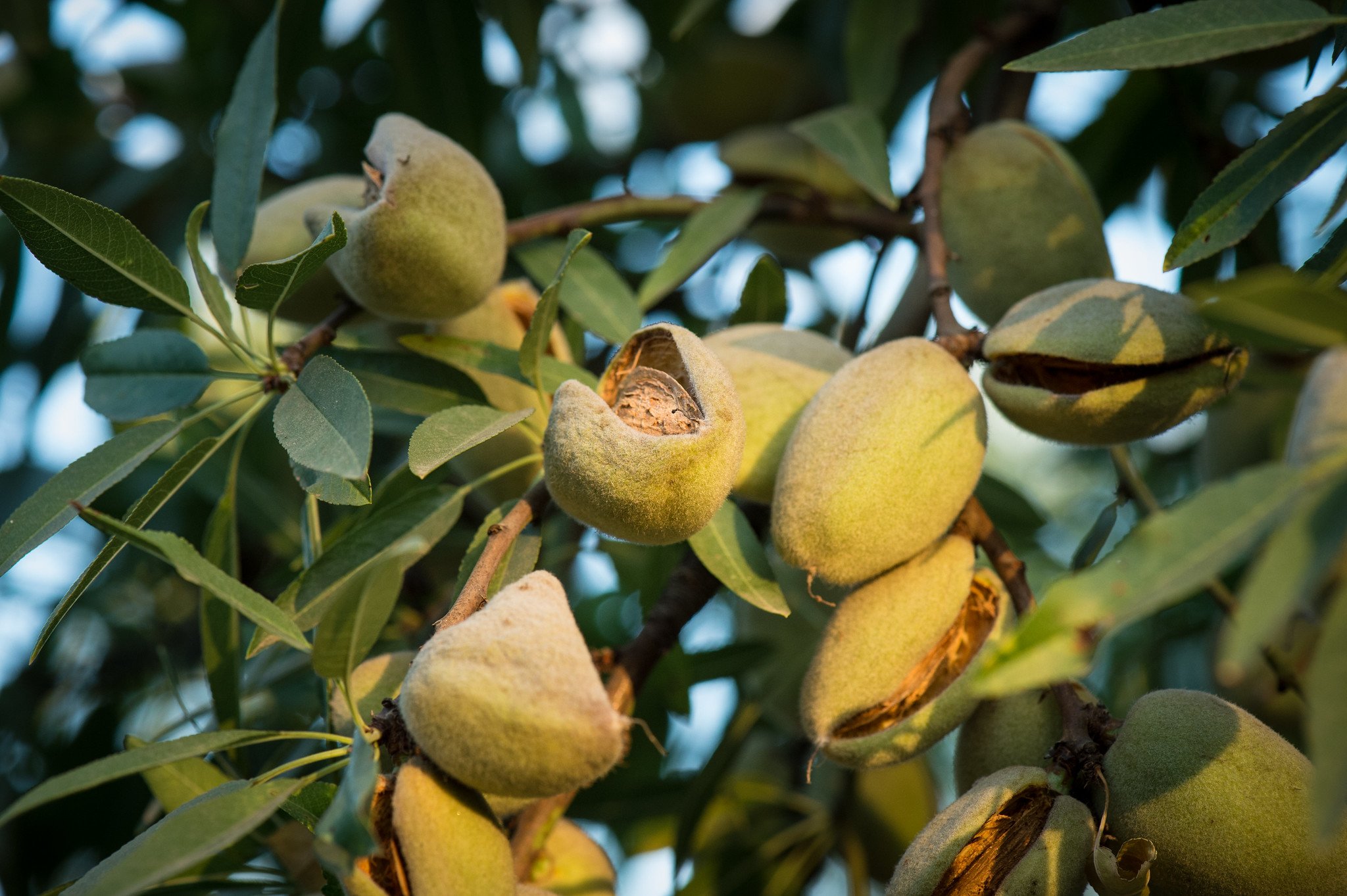To My Neighbor, I Had No Idea: Drought and Polluted Water in the Central Valley
I was born and raised in California’s Central Valley, surrounded by grape vineyards, and orchards of tree nuts, and in spring the valley is touched by California’s almond bloom. All my life, I’ve witnessed the vital labor of surrounding farm communities throughout the seasons. Summertime brings the most momentum as that is when the grapes are harvested.
Men and women fill their water tanks at the local refill stations the night before a long day’s work. Witnessing this before school and after school each day, I was moved to see the amount of labor and hard work that goes into feeding our communities. We get temperatures of 115 degrees where by 6 A.M you can definitely feel whether or not it’s going to be “one of those days”.
Here in the valley, we are made up of communities that rely on farm-work and agriculture but also are the most vulnerable due to drought and water scarcity. Towns like McFarland, Delano, Pixley, Earlimart, Richgrove, Tulare, etc. are examples of communities who face California’s water crisis but one in particular is facing it front-hand. The rural community of Teviston was without running water during the heat-wave this year in which it left nearly 1,000 residents without running water for several weeks.
The town of Teviston, lies in the Central Valley, between Pixley and Earlimart on Highway 99, located in Tulare County. The community’s first residents were primarily African- American migrants from the Cotton Belt and Dust Bowl states during the 1930’s. Now with nearly 1,000 residents, it is mainly composed of the LatinX community.
The town has been forced to depend on bottled water and other alternatives after the working pump in the town’s only functioning well broke down in June. Residents must travel to neighboring towns in order to shower and fulfill other daily needs, relying on the generosity of friends and family. The neighboring city of Porterville has hauled water in tanker trucks that fill Teviston’s two water storage tanks which the town has resorted to using. Teviston has had other wells in the past that have broken down, dried up, or have been polluted by pesticides and other carcinogenic materials. There is a new modern well in the works for the town, but it is not expected for completion until 2022/2023. This isn’t the only town that reported water contamination, but Scott Taylor, General Manager of the Lamont Public Utility District, said his Kern County community of 20,000 people has had seven wells where , “five of them are contaminated with cancer-causing carcinogen 123- trichloropropane (TCP), and one is nonfunctional.”
Accessible and clean water is vital to our health, communities, and economy. Something so simple can be taken for granted but it is used to maintain our health and sanitation, food security, and the economic development of our communities. Water isn’t just a basic right, but a human right. It is very important that California steps up to address these underserved and disadvantaged communities that rely on at-risk wells for water. Agencies and counties need to better handle this ongoing crisis. What resources, infrastructure, and preparedness can be implemented in order to relieve and help smaller and lower- income communities? Are we doing enough?
Being raised in the town over, approximately 15 minutes down the road, I had no idea that a situation like this was occurring right next door. I not only had access to water at my local work for cleaning and cooking, but also in the comfort of my own home. The fact that I am able to fulfill my daily tasks while my neighbor cannot illustrates to me the immense, invisible gap in my own backyard. Because my community is amongst the smaller ones, we can all appear alike, but it is a fact that we do not all have the same access. I hope that my personal narrative can raise awareness on what must be done.
Sources for this piece included:
https://www.reuters.com/world/us/california-farm-town-lurches-no-water-polluted-water-2021-11-02/



